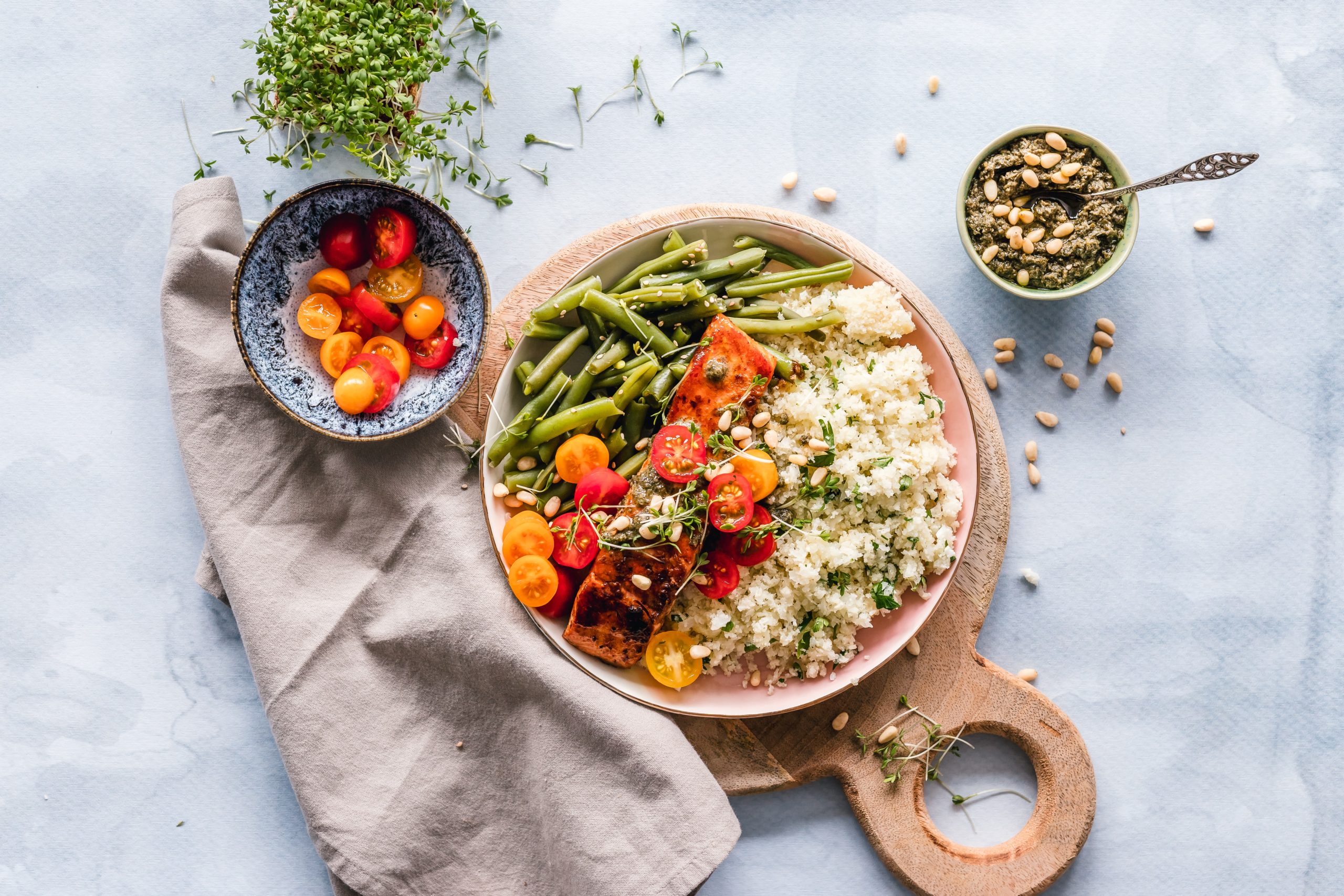
No Spend Challenge – How to Prepare for One Month of No Spending

Did you recently buy a huge purchase that you’re kind of regretting or feel bad that you spent so much money on? Well, life is about sacrifices and to trade off that big purchase, let’s prepare you for the “no spend” challenge (also known as a “spending freeze”) for the month to get back on track!
In January, my family and I did a spending freeze to help us recover from the craziness of December. We ate out a lot, bought a lot of gifts, and a few unnecessary things (like a new TV for our daughters room – Daniel’s fault, not mine!).
We will cover the basic ground rules of costly outings, expensive food, and unnecessary purchases discussed in this article and how spending less can get you into a habit of actually having more money.
What is the “No Spend” Challenge?
The no-spend challenge, also known as a “spending freeze” is a set goal for the beginning of the month where you cut and limit excess or unnecessary spending. This can curve your monthly expenses by spending less, saving more, or helping pay off debt.
The no-spend challenge does not include necessities like food, transportation, childcare, mortgage/rent, or emergencies.
Why is a spending freeze important?
As an average (possibly even lower) income family living in Toronto, I have to be diligent with what our family tends to overspend on. Quite frankly, we don’t make a lot of money and it doesn’t help that the city we live in is supersaturated and expensive. Sooo, let’s put down that organic broccoli and buy this lovely, frozen bagged one for three dollars cheaper.
With the pressures of inflation, rising housing costs, and transportation fees, we all have to take a step back and consider this challenge as a reset in our finances and budgeting. By practicing a spending freeze, you can help pay some of your debt off or stay out of debt, you can get back on track with your savings or save for a big purchase like vacations or investments.
How to get started with the no-spend challenge
Below are tips along with added pointers on what you shouldn’t buy during this challenge.
know your “why”
What can motivate us and keep us on track is being specific about why we’re doing this. If we don’t steer clear on what exactly it is we’re doing all this hard work for, then it’ll be difficult to be consistent. Some people do this to help with debt, get you back on track with your target savings or save up on a big purchase.
My long-term goal is to have enough money saved for an investment property and save up on smaller funds for family outings. This is my “why”.
What is your “why”?
Have a plan
The first steps that I did were to go through our bills (mortgage, transportation, insurance, etc) first and whatever was left from our income was to be used on groceries only.
Create an effective budget and pay off your bills and debt first. By making this your first step, you will come to realize how much less your spending money is than just frivolously making purchases without a proper budget.
plan your meals
A lot of our money goes towards food and eating out is the most expensive splurge you can do on a consistent basis.
Planning your meals stops you from going for the default plan of ordering in and every single morning, you know exactly what you gave to defrost, and what you need for your groceries and save you so much time when you write your meals for the week.
For the entire month of January, we did not have any outside food and had all our meals cooked from home. It was cheaper, healthier, and saved us so much money!
identify where you spend the most on
Millennial parents have it super challenging to refrain from impulse spending. If we don’t have the time to prep dinner or cook, it’s so easy for us to just go on an app and order food within minutes to be sent to our door.
When I was a kid, pizza was the only delivery service and now we have wide options for any craving we may have. When we know it’s an “order-in” night, we can give ourselves the excuse to overbuy or even get different meals for each family member. If you and your husband want sushi but your kids want McDonald’s, then pshhh, why not! It’s an order-in day after all!
Don’t do it!
If you are a frequent spender on craft supplies or go over your grocery budget, use what you already have first. Scrape out those paint jars and look at the back of your pantry and be creative with what you can make without buying new inventory. You save money and even rescued the forgotten items that didn’t have to be wasted!
Daniel likes Keurig hot chocolate which is a frequent buy on our grocery list so for our no-buy January, he used up the chocolate Nesquick we had laying around instead. It was still good and Daniel enjoyed it. No spending, no waste, and everyone is a winner!
other splurge areas include:
- dinner at restaurants
- impulse buys at the mall or online shopping
- convenient drive-throughs like morning coffees
- ordering in
- one-time-use ingredients for a one-time dish
- brand-name grocery items that are more expensive than the store brand
- tickets or fees to expensive outings
Tips for success in the no-buy challenge
Here are some useful tips that will help you for the month of your no-buy challenge
tell people that you’re doing this challenge for one month
Daniel was a bit shy telling friends and family about our situation but, I had no shame! I took it very passionately and every time Daniel was away, I would constantly have to remind him and prep him up about not ordering food
This ends up getting easier as the month goes on because you do it for the purpose of building wealth and helping your financial situation. The thought of what people might think of you should be the least of your concern and the true people whom you tell to will be completely understanding – sometimes intrigued to do it themselves!
use up any gift cards
I am infamous for hoarding gift cards because I never end up using them. It got to a point where we had a gift card stash in Daniel’s glove compartment, in pockets of my backpack, and in our closets. One weekend, our kids were at grandma’s and we were both lazy to cook. We were mindful of our no-spending month so we brought out our gift cards and ended up having a date night at Boston Pizza!
practice shelf cooking and use what you have for dinner meals
This is an obvious one: cook at home! There’s more to that though.
The problem with overspending is overcrowding high-traffic areas. One of the messier parts of my home is the pantry with dried cans of food like beans, pasta, and sauces. Take a look at your pantry and see if you can make a free meal out of ingredients that you didn’t know you had or have been stocking up on that take up space. There are many blogs that have easy recipes that can give you some simple dinner ideas using shelf-stable ingredients.
be creative with indoor and outdoor activities
January was a very memorable month because of all the creativity we put into making our evenings and weekends fun with the kids.
You end up saving so much money because you realize how enjoyable activities can be when you keep it simple.
Free programs run by the city and outdoor play have saved us a lot of money with our kids. I took my toddler to the EarlyOn drop-in center and went for family leisure swims in our nearest recreational center. Also, board games, board games, board games!
declutter your home
decluttering your home and high inventory areas like your pantry or closets can give you the chance to see any useful things that can be used, and have been forgotten about. Decluttering is also extremely satisfying when you allow yourself to throw or donate items that you haven’t been using and can give you a more spacious home. It also makes you realize how much stuff you really don’t need and therefore, buy in the future because you can clearly go without it.
My brother came over for a full day of helping me declutter my home. It was the most productive day to clear out our spaces and rearranged our home to make it more minimal and spacious. It also helped me with impulse buys because I did so much work to toss a bunch of stuff that it automatically told me that there were many items that I can go without.
Frequently Asked Questions
Some final encouragement for the no-buy challenge
If you made it this far, it means you are doing your part in being serious with this tough challenge! Have your “why”, meal plan, and budget ready and you’ll slowly realize how easy and so much better off you are with not spending money on things you don’t need.
Once you hit midweek, it only gets easier from here and just from my experience, my family and I ended up having more money saved in the bank by doing this no-buy challenge!




